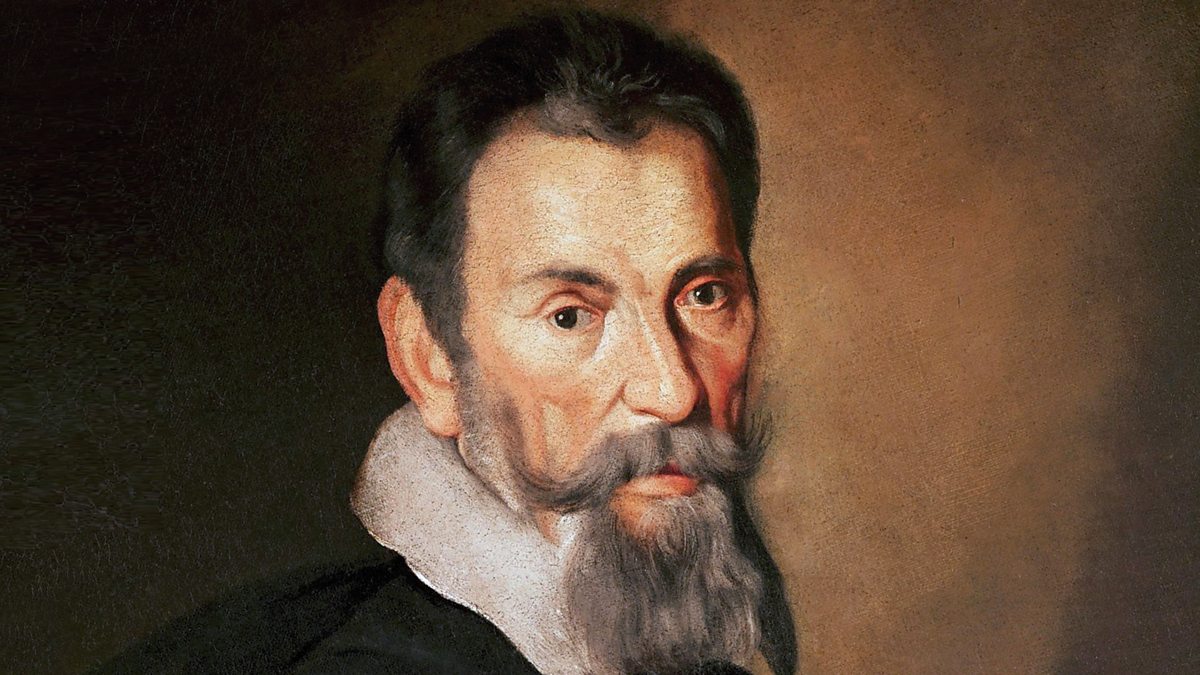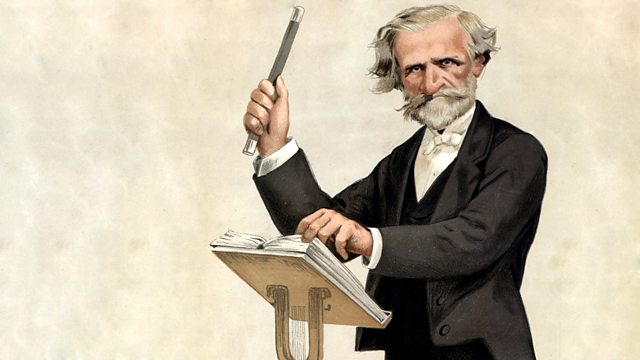
The History of Giuseppe Verdi: The Master of Italian Opera
Giuseppe Verdi (1813–1901) is one of the most celebrated composers in the history of classical music. His operas, characterized by profound emotion, compelling drama, and[…]

The Life and Legacy of Giuseppe Verdi
Giuseppe Verdi (1813–1901) remains one of the most celebrated composers in the history of classical music, renowned for his extraordinary operas that continue to captivate[…]

5 Fascinating Facts about Giuseppe Verdi
Giuseppe Verdi is a name that resonates deeply in the world of classical music and opera. This Italian composer’s works, including La Traviata, Rigoletto, and[…]

Top 10 Verdi Songs
Giuseppe Verdi (1813-1901) is one of the most celebrated opera composers in the history of classical music. His works, known for their powerful melodies, intricate[…]

Giuseppe Verdi – Biography and History
Giuseppe Verdi, one of the most celebrated composers in the history of opera, was born on October 9, 1813, in Le Roncole, a small village[…]

Life and History of Verdi
Giuseppe Verdi was one of the most influential composers of the 19th century, whose operas are still widely performed and admired today. He was born[…]

Verdi – Short Biography
Verdi – Short Biography Giuseppe Fortunino Francesco Verdi (10 October 1813 – 27 January 1901) was an Italian composer best known for his operas. He was[…]

Italian Classical Music – Great Italian Composers
For many centuries, Italian classical music has been the center of music in Europe. The types of romantic melodies that are known to have been[…]

Baroque Music Collection – Relaxing Music
Baroque music (US: /bəˈroʊk/ or UK: /bəˈrɒk/) is a period or style of Western art music composed from approximately 1600 to 1750.[1] This era followed[…]

Verdi – The Force of Destiny (Overture)
Giuseppe Verdi – The Force of Destiny (Overture) La forza del destino (Italian pronunciation: [la ˈfɔrtsa del deˈstiːno]; The Power of Fate, often translated The Force[…]